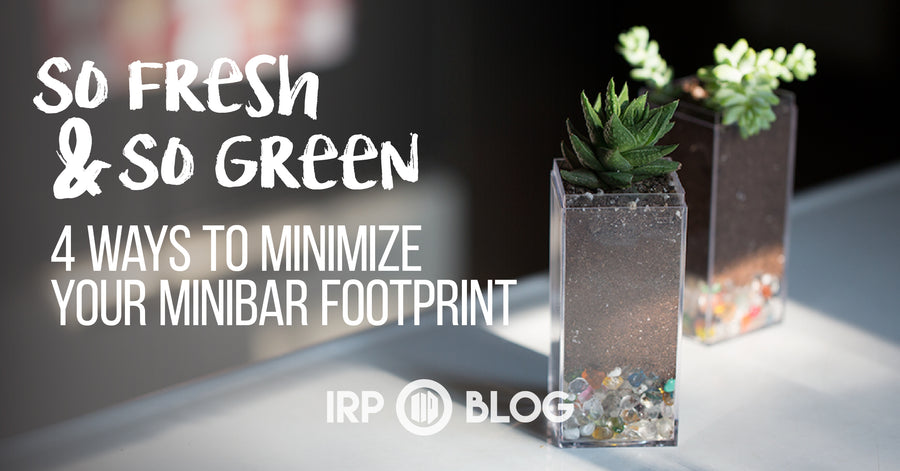
Travelers are placing high importance on conservation and seek out brands that do the same. In response to this green demand, hotels across the globe are continually devising unique strategies to reduce waste. The Fairmont Royal York, home of Canada’s largest hotel kitchen, composts coffee grounds and vegetable waste for use in the hotel’s rooftop herb garden. At Taj Hotels and Resorts in India, all unwanted linens, toiletries, blankets and unclaimed articles from lost and found are donated to local charitable organizations. Lovat and Queens Hotels in Scotland reuses all restaurant, bar and in-room menus as scrap paper. Hotel El Ganzo, in Mexico, reuses materials, such as wood from the original construction site, to make furniture and doors.
But what about the minibar? Certainly it should also have a place in the sustainable sun. Here are a few tips for minimizing your minibar’s environmental footprint while continuing to maximize guest experience:
Sustainable Snacking
Stock your minibar with items that are recyclable and, if possible, use green printing methods such as soy-based inks or FSC certified paper products. If it’s not clearly marked on the label, just ask! Most companies will be more than happy to share their sustainable packaging practices with you.
By The Numbers
Work with a vendor that doesn’t require you to purchase more minibar product than you need just to meet contractual obligations or blanket purchase orders. They should also be able to advise you on your inventory to help you order the correct quantities and reduce any potential food waste.
Stayin’ Alive
Look for minibar products that have a longer shelf life. The average minibar products have a nine-month shelf life, but products that are nitrogen-flushed have double that amount. The extended shelf life will eliminate expired food waste in the event that a product doesn’t sell as quickly as you’d anticipated.
The Eco-Afterlife
Most hotel properties admirably ensure that all left behind minibar product containers are properly sorted and recycled, which is always a good practice. But we thought that some of these items had the potential to take on an even more inventive afterlife, and we came up with a few fun and creative ways to reuse these containers. Just consider it your Pinterest dose for the day.
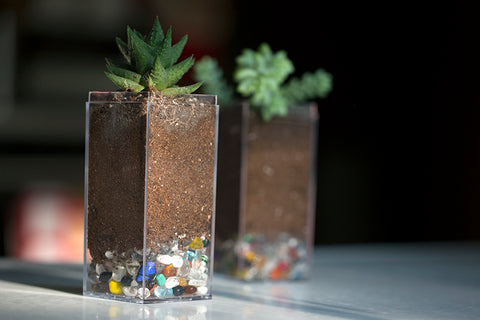
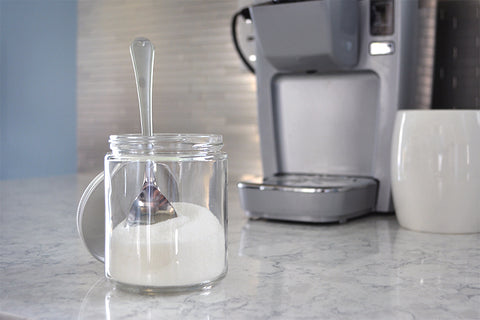

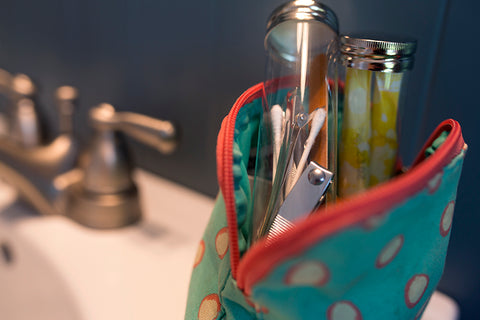

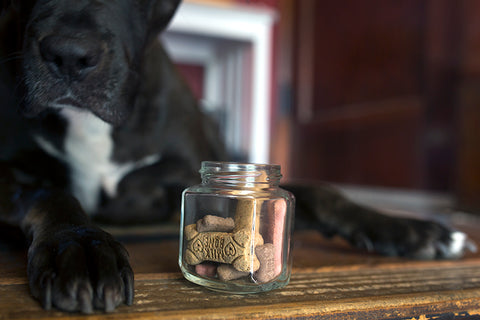
For more information on green initiatives and how your property can reduce its environmental impact, contact Green Hotels Association, www.greenhotels.com

